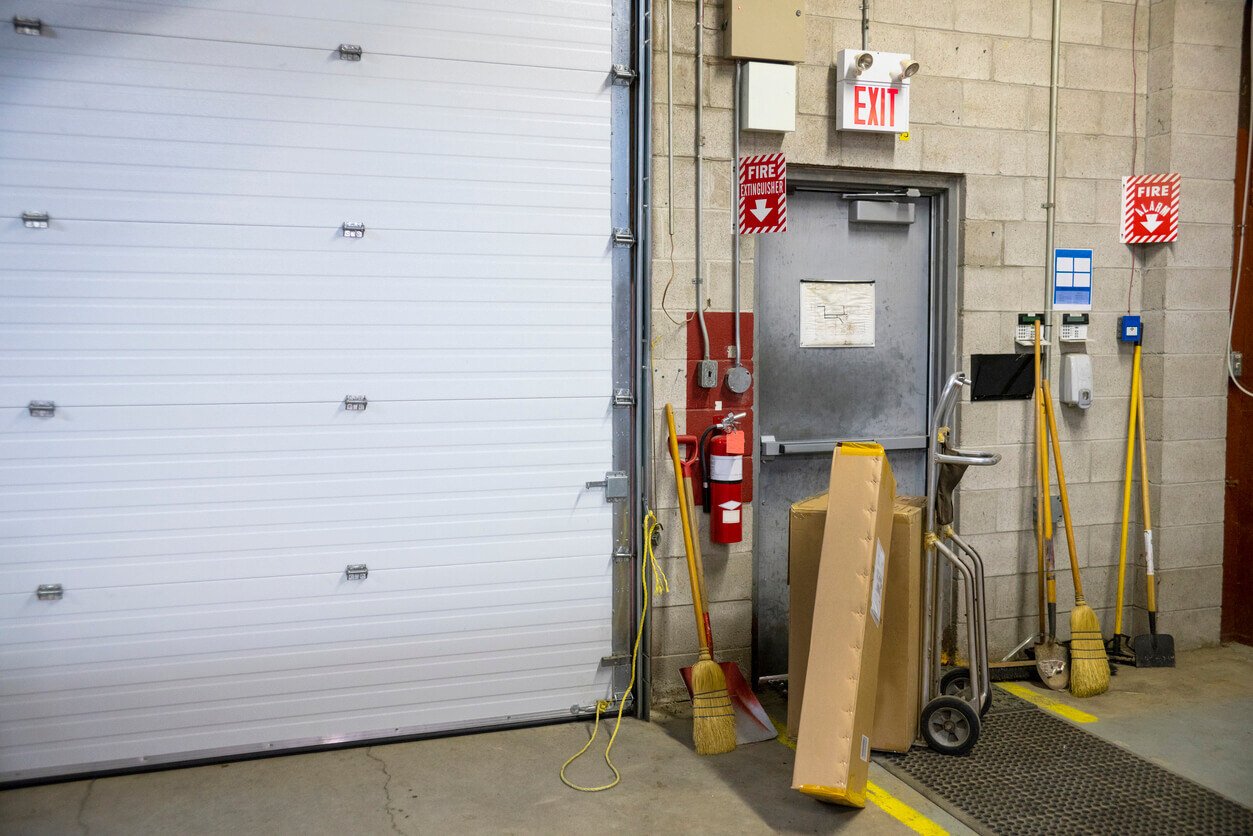What Are The Most Common Fire Code Violations?
- Blocked Exits
- Broken Smoke Detectors
- Expired Fire Extinguishers
- Extension Cord Misuse
- Malfunctioning Exit Signs
- Improper Sprinkler Systems
Fire codes are paramount as they protect your property and the people inside it.
But these codes are complex, often varying depending on your building, location, and local laws. Building owners need to be aware of these fire codes to keep their buildings safe.
Today, we’ll dive into the top fire code violations you’re likely to encounter and ways to avoid them.
Fire Codes Overview
The National Fire Protection Association (NFPA) has over 300 fire codes to protect and prevent fire outbreaks. These range from properly installing active and passive fire protection systems to protocol controlling wildfires.
Given the many fire codes, there are also different consequences for violating them. These can vary based on the business's location, including hefty fines or even jail time. Beyond the legal ramifications, adhering to fire codes is critical for ongoing safety.
The Office of the State Fire Marshal oversees fire code enforcement. This office can issue violations and conduct regulatory site visits to ensure code compliance, which is why staying on top of inspections and maintenance is so important for businesses.
Most Common Fire Code Violations
Although hundreds of NFPA fire codes exist, a handful are frequently violated. These violations range from preventative to fire management issues. Yet, if they remain unchecked, they pose a great risk to the property and those inside.
1. Blocked Exits
One of the most common violations is exits being blocked, often by storage boxes, extra equipment, or the like. All exits must be free and clear in the event of an emergency so people can escape.
2. Broken Smoke Detectors
Since they’re often out of sight, it's easy to forget about smoke detectors, but it is important for public safety to maintain them. Smoke detectors must be tested and replaced when they stop working to stay in compliance and keep buildings safe.
3. Expired Fire Extinguishers
When a fire extinguisher expires, it may not work correctly, putting employees at greater risk during a fire. Often, an expired extinguisher will not allow the fire-dampening foam to spray effectively, which is why regular inspections are necessary.
4. Extension Cord Misuse
Misusing extension cords is a leading fire code violation—and a deadly one at that. This particular violation is believed to cause 3,300 house fires, killing 50 people each year. Misuse includes things like overloading, plugging them into other extension cords, and using them as a permanent stopgap.
5. Malfunctioning Exit Signs
Every flickering, unlit, or burnt-out exit sign you see is a violation. Signs must be fully functional and visible at all times, including during power outages for at least 90 minutes. This allows people inside to escape in an emergency.
6. Improper Sprinkler Systems
Your sprinkler system's design depends on your building's layout and size. Improperly installed or poorly maintained systems can lead to increased property damage because they may not adequately fight a fire.
How to Identify Fire Code Violations
While hiring professionals to check for fire code violations is important, you should also conduct your own mini-audits between inspections. These system check-ups can mitigate any issues that occur in the year between official inspections, potentially catching something critical.
A few simple things to check during these fire audits include:
- Fire exits and alarms are accessible
- Emergency lights are operational
- Address numbers are clearly visible from the road
- Fire extinguishers are not expired and are in working order
- Flammable materials are properly stored
There are many things to keep track of when doing a self-audit. However, catching issues as they arise is critical to preventing more serious problems down the line.
Steps to Avoid Fire Code Violations
One way to maintain a safe environment for staff is for everyone to be aware of the fire safety protocol and emergency procedures. Some of the most common fire code violations, such as blocking exits or hanging items from sprinkler systems, can easily be avoided.
Another important step to avoiding these violations is properly storing all hazardous or flammable materials. For instance, as dictated by OSHA, flammable liquids should be held in approved containers, underground tanks, or portable tanks.
How Technology Assists with Compliance
A multitude of technological advances have built new pathways to fire code compliance and fire safety in general. These programs provide additional safeguards, from automatic sprinkler systems to fire alarm monitoring.
Cloud-based documentation sharing also helps mitigate another common fire code violation: improper recordkeeping. Saving documents to the cloud makes it easier than ever to keep track of all necessary paperwork, such as inspection and maintenance records.
Avoid Fire Code Violations and Keep Your Business Safe
Fire code violations aren’t just pesky fines or punishments but potentially dangerous issues. When left unchecked, a violation can quickly snowball into an actual emergency. That’s why knowing the most common fire code issues and being diligent about them is so important. But you don’t have to go at it alone. Reach out to trusted fire and life safety professionals to ensure your business assets and people are protected.







